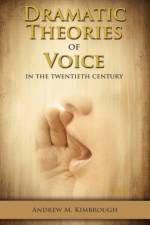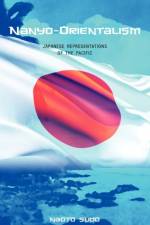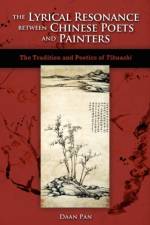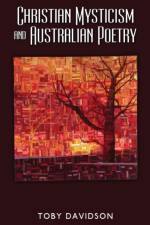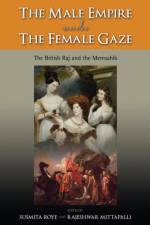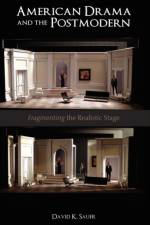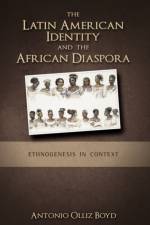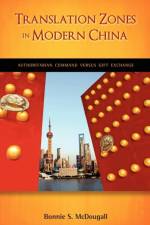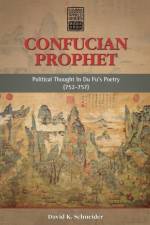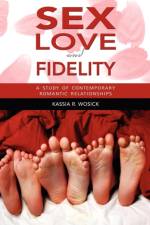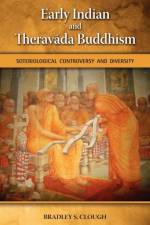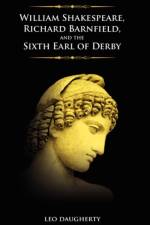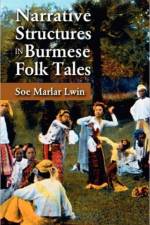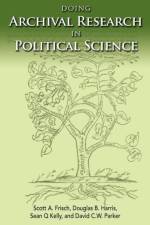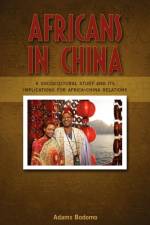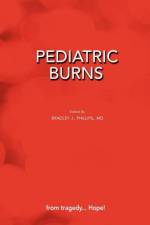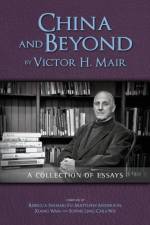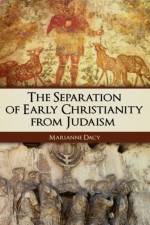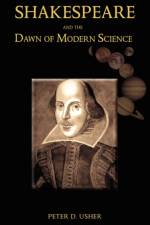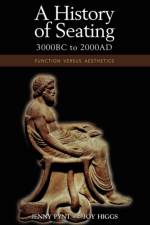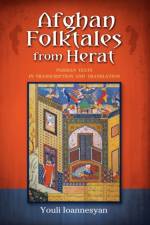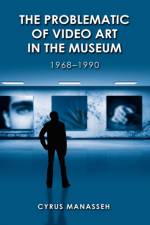av Soe Marlar Lwin
1 051
Folk tales of Burma (now known as Myanmar) have been preserved for centuries as part of a long folk tradition reflecting Burmese humor, romance, and wisdom. This book provides the first in-depth overview of the narrative structures in Burmese folk tales. Earlier studies of Burmese folk tales have focused on the narrative motifs or contents and the ethnic or geographical areas, but have left out the study of the structural patterns that make up the storylines in different types of tales. Much of the literature on tales is based on the narrative motifs or contents of the stories (e.g., animal tales, fairy tales, etc.), and such thematic categorizations, on the basis of a tale s subject matter or content, can lead to some problems due to the inconsistency in the choice of criterion. It can be argued that the theme of an animal tale can be the same as that of a fairy tale, and that animals can be taking the narrative roles in a wonder tale. This study, therefore, focuses on narrative structures and sets out to identify the different structural patterns in the folk tales of Burma. Through a clear analysis and examples of various types of tales, this study shows how the story structure can be an alternative criterion in categorizing tales, as well as a means of gaining insight into the cultural determination of the narrative motifs or contents within possibly transcultural forms. The discussion of the structural study of tales is done with consideration of Vladimir Propp s analysis of Russian folk tales in his book Morphology of the Folk Tale. Propp claimed that all tales had an identical sequence of functions or functional events and the same basic structure, despite their differences in the dramatis personae. In this book, besides identifying the functional events in Burmese folk tales, how these events are linked into various plot structures resulting in different types of tales is examined. The functional events identified in the tales are classified into different models, such as reward/punishment, interdiction/violation, problem/solution, trickster tales, and fairy tales. The degree of linearity in terms of the temporal and/or causal relations between functional events of a tale is also examined. Drawing on the concept of sequential meaning, this study aims to explain how a linear coherent storyline is developed for a well-organized narrative structure, even though the sequence of events in a tale may not be identical to that of the other. In cases where a sequence of events does not follow a familiar trajectory, the analysis in this book explains how special effects, such as humor, are created. The possibilities of using a structural analysis of folk tales as a means of understanding the commonalities as well as the uniqueness in the structural patterns, narrative contents, and social purposes of folk tales from different cultures are also explored in this book. A comparison between the two prominent structural patterns identified in the analysis of Burmese folk tales and those proposed by the studies of folk tales from other cultures shows how tales with similar social purposes (e.g., a didactic moral purpose) contain similar structural patterns (e.g., a contrastive narrative structure). It suggests that certain structural patterns are used commonly (if not universally) by various cultures for similar social purpose of storytelling, while the narrative contents (e.g., elements taking up the narrative roles) will remain culture-specific. This observation points to several interesting issues, such as the (im)possibilities of finding a universal grammar of folk tales and the viability of claims about commonalities among folk tales. This book contributes not only to the appreciation of Burmese folk tales and the Burmese culture, but it also aids in the understanding of the relationship between the form (narrative structure), function (social purpose), and field (narrative content) of folk tales with oral storytelling in general. It also highlights a structural analysis of folk tales as a means, rather than an end, by identifying the areas in which further research can be done. Narrative Structures in Burmese Folk Tales is an important and useful reference for anyone working in the fields of narrative studies, classification of tales, folklore, and oral storytelling.


